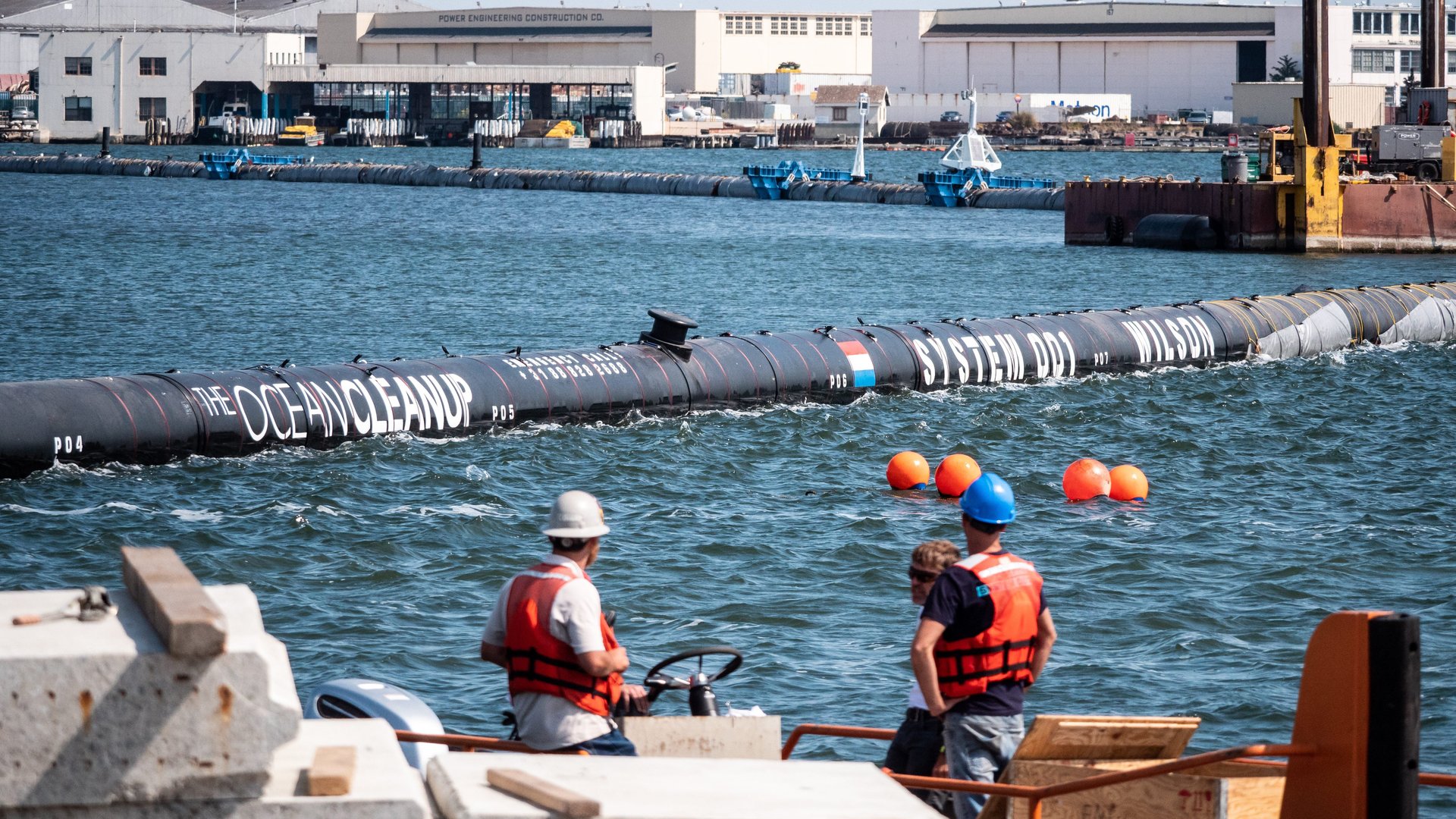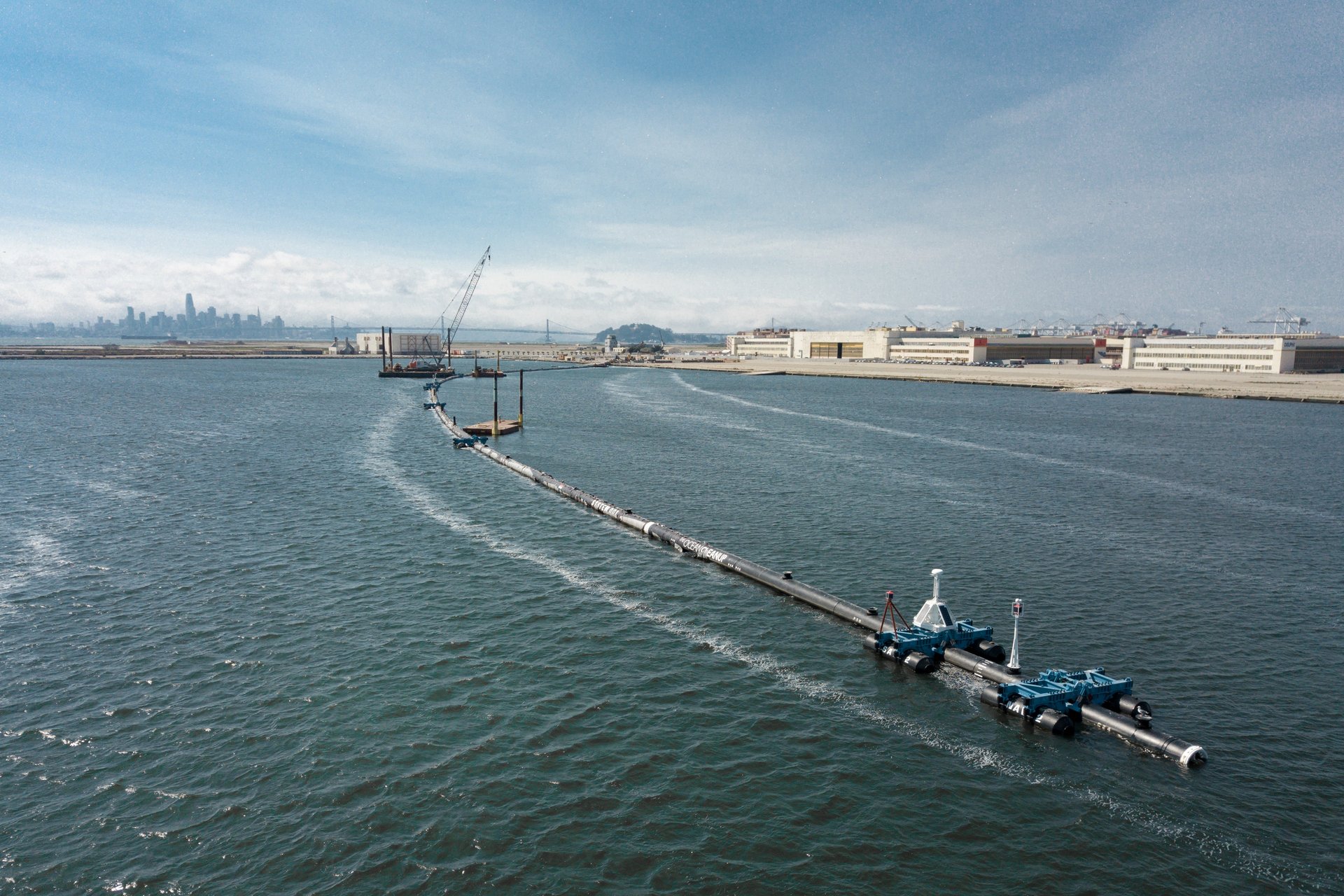Can you fight ocean plastic with $40 million worth of plastic?
An organization called the Ocean Cleanup is set to launch one of the most ambitious ocean plastic-collection devices ever built off the coast of San Francisco this Saturday (Sept. 8). The launch is a test, but experts are already skeptical.


An organization called the Ocean Cleanup is set to launch one of the most ambitious ocean plastic-collection devices ever built off the coast of San Francisco this Saturday (Sept. 8). The launch is a test, but experts are already skeptical.
The organization, founded in 2013 by then-18-year-old Dutch entrepreneur Boyan Slat, has raised $40 million ahead of the device’s launch. It intends to gather floating ocean plastic by way of a 600-meter- (1,968-ft-) long floating plastic tube with dangling screens, like a dragnet. A garbage truck-like ship will come by to scoop up what the device gathers every six weeks or so, according to Wired. Ocean Cleanup says its device could cut the size of the Great Pacific Garbage Patch in half in five years.

But Wired notes that a survey found that over a quarter of 15 ocean plastic-pollution experts polled thought the whole project was just a bad idea. More than half expressed concerns.
“It oversimplifies a very complicated problem that people have thought a lot about,” Kim Martini, who has studied the Ocean Cleanup campaign, told Wired, noting that the organization’s device will only clean up plastic to a depth of about 9 ft (3 meters) below the sea surface. A lot of the plastic in the garbage patch is much deeper.
Some experts question whether the project has taken into account its potential to actually contribute to plastic pollution. “I sort of wonder what kinds of microplastics this thing is going to be generating on its own, assuming that it’s even functioning exactly as designed,” Kara Lavender Law, an oceanographer at the Sea Education Association, told Wired. “If it’s shedding nano-size particles and then gets smashed into 200-meter-long pieces, you’re really covering the whole size range there.”
But Ocean Cleanup maintains that its device has gone through rigorous prototype testing, and is made to weather all sizes of waves, even those that would result from a once-in-a-century storm.
This weekend’s test launch will drag the device 240 miles out to sea, where it will be tested for 14 days. If that’s successful, the giant plastic-cleanup contraption will be towed out to 1,000 miles from shore, to the Great Pacific Garbage Patch itself.